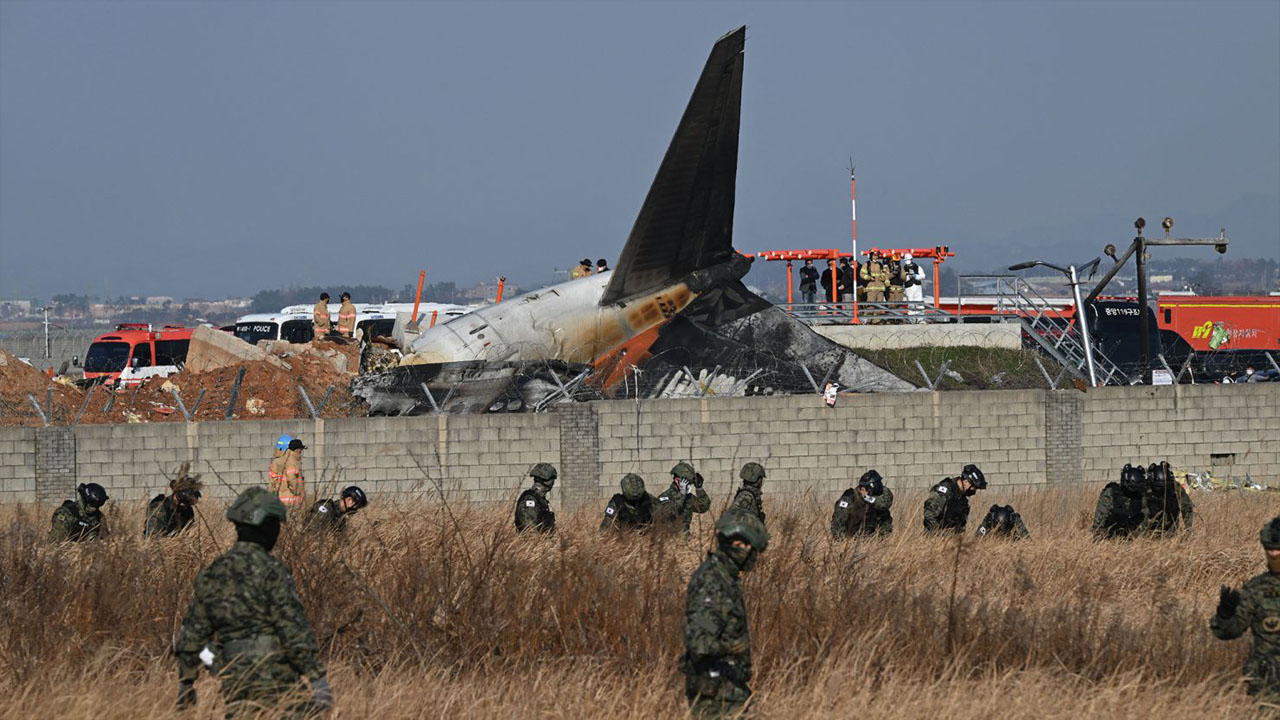In a devastating turn of events, a Jeju Air Boeing 737-800 aircraft crashed upon landing at Muan International Airport in South Korea, resulting in a significant loss of life and
All posts tagged in Muan International Airport
2Articles
A pall of grief hangs over South Korea following the tragic crash of Jeju Air Flight 7C2216 at Muan International Airport on Sunday morning. The flight, originating from Bangkok, Thailand,







